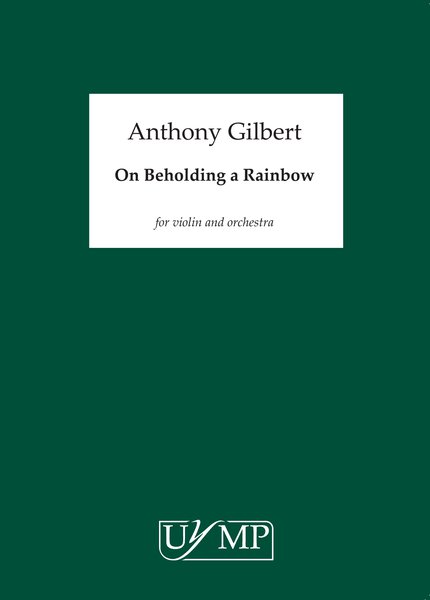I : Passacaglia nascondita
II : Cantilena - Slow and still
III : Variazioni in moto perpetuo - flowing, legato, a little rubato
The work’s standard three-movement structure, in a conventional quick-slow-quick tempo relationship, was probably inevitable as a means of clarifying the complexity of the internal relationships in the work, and of harnessing the ferocious intensity of some of the music.
So the first movement is ostensibly in sonata form (long exposition, slightly longer development, and a ghostly recapitulation and tiny coda acting as return and re-stabilisation after the turmoil of the development). But as its sub-title indicates, this movement also has a passacaglia, indeed a double passacaglia, lurking beneath the surface and emerging to take control in the latter part of the development. One of its elements first appears as a background rhythm in the exposition (antiphonal chords, with a characteristic rhythmic ‘snap’); the other, completely independently, is exposed by the solo violin as an intense a 25-bar melodic passage, which returns after the soloist’s cadenza virtually unchanged, and is then overlaid upon itself as an obsessive six-part round between soloist and orchestra. The interaction between the two very different ostinati brings about a huge, troubled climax just before the brief return, at the 25-minute concerto’s mid-point, of the opening four-note group: C B E-flat A. Here the movement ends.
In contrast to the tremendous linear conflicts of the first movement, the second is a fairly straightforward melody against a static chordal backdrop - a bluesy line unwinding on solo violin with tall, bell-like antiphonal harmonies on divided strings (half muted and half not) and on wind. The tune begins with the 4 notes heard at the end of the first movement, and as it grows away from that starting-point, the same group of pitches returns to haunt the soloist in the form of an obsessive ostinato figure in high woodwind, harp, piano and glockenspiel. This is bound to create tension, with the violin striving for free-flowing melodic invention despite the double pull of the tolling chords and the nagging ostinato. The violas (non-divisi) play an important secondary role as mediators, with their own expressive line. There is no complete resolution, but out of the conflict the soloist is able to generate some of the main motivic material for the third movement.
This is fast and furious, about a third of the length of the first movement, and completely unrelenting in its linear energy. The variation process changes and expands the shape of the arching line, but is not allowed to interfere with its forward flow. The solo line goes through some fifteen variation phases, of which the last is a vigorous cadenza; the orchestra works in similar fashion with inversions of the soloist’s lines, reordered, brushing aside attempts by the slow movement’s four-note ostinato to reassert itelf, only to succumb in the end to an obsessive rhythm which has been quietly emerging in the bass all along, for the ultimate purpose, seemingly, of providing a foil to the soloist’s final cadenza.
On beholding a rainbow was commissioned by the BBC for Lydia Mordkovich and the BBC Philharmonic and written between 1992 and 1997, with some small revisions early in 1998. The work’s title refers to an important Jewish affirmation of trust, and is a private message to its dedicatee, the composer’s friend Ian Goldstone, whose tragic death shocked the work into existence in its final form. The duration is 30 minutes.
Recorded on NMC D105.


